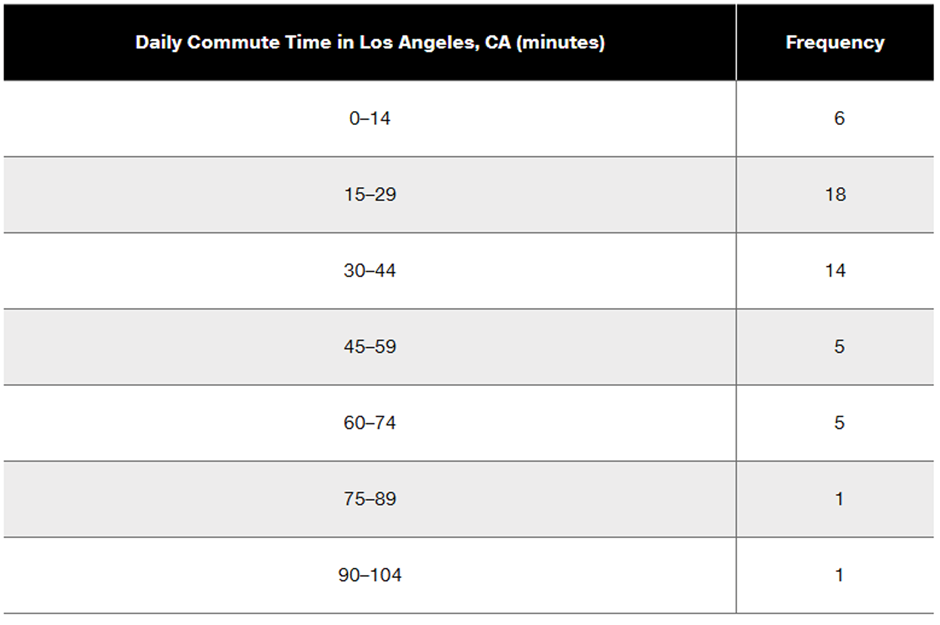Table of contents
- 1. Intro to Stats and Collecting Data55m
- 2. Describing Data with Tables and Graphs1h 55m
- 3. Describing Data Numerically1h 45m
- 4. Probability2h 16m
- 5. Binomial Distribution & Discrete Random Variables2h 33m
- 6. Normal Distribution and Continuous Random Variables1h 38m
- 7. Sampling Distributions & Confidence Intervals: Mean1h 3m
- 8. Sampling Distributions & Confidence Intervals: Proportion1h 12m
- 9. Hypothesis Testing for One Sample1h 1m
- 10. Hypothesis Testing for Two Samples2h 8m
- 11. Correlation48m
- 12. Regression1h 4m
- 13. Chi-Square Tests & Goodness of Fit1h 20m
- 14. ANOVA1h 0m
3. Describing Data Numerically
Standard Deviation
Problem 3.2.37
Textbook Question
Finding Standard Deviation from a Frequency Distribution. In Exercises 37ÔÇô40, refer to the frequency distribution in the given exercise and compute the standard deviation by using the formula below, where x represents the class midpoint, f represents the class frequency, and n represents the total number of sample values. Also, compare the computed standard deviations to these standard deviations obtained by using Formula 3-4 with the original list of data values: (Exercise 37) 18.5 minutes; (Exercise 38) 36.7 minutes; (Exercise 39) 6.9 years; (Exercise 40) 20.4 seconds.
Standard deviation for frequency distribution


 Verified step by step guidance
Verified step by step guidance1
Step 1: Compute the class midpoints for each interval. The class midpoint is calculated as the average of the lower and upper boundaries of each class. For example, for the interval 0ÔÇô14, the midpoint is (0 + 14) / 2 = 7. Repeat this for all intervals.
Step 2: Multiply each class midpoint by its corresponding frequency to compute the product f * x for each class. Then, sum all these products to find Σ(f * x).
Step 3: Square each class midpoint to compute x² for each class. Multiply these squared midpoints by their corresponding frequencies to compute f * x² for each class. Then, sum all these products to find Σ(f * x²).
Step 4: Calculate the total number of sample values, n, by summing all the frequencies. For example, n = 6 + 18 + 14 + 5 + 5 + 1 + 1.
Step 5: Use the formula for the standard deviation: s = sqrt((n * Σ(f * x²) - (Σ(f * x))²) / (n * (n - 1))). Substitute the values of n, Σ(f * x), and Σ(f * x²) into the formula and simplify to compute the standard deviation.
 Verified video answer for a similar problem:
Verified video answer for a similar problem:This video solution was recommended by our tutors as helpful for the problem above
Video duration:
8mPlay a video:
Was this helpful?

 8:45m
8:45mWatch next
Master Calculating Standard Deviation with a bite sized video explanation from Patrick
Start learningRelated Videos
Related Practice


